The splendor of the bush and abundant flowering depend on the spring pruning of roses. But in order for the event to actually bring benefit and not harm, it must be carried out carefully and carefully and not make typical mistakes.

Use dirty tools
Pruning is for a plant what surgery is for a person. Therefore, it is unacceptable to use a dirty or rusty tool, as it can become a source of pathogenic bacteria. All pruners, saws, pliers and knives must be clean and disinfected. A strong solution of potassium permanganate, alcohol or hydrogen peroxide is suitable as a disinfectant. In addition, the cut of the plant after pruning must be treated with garden varnish.
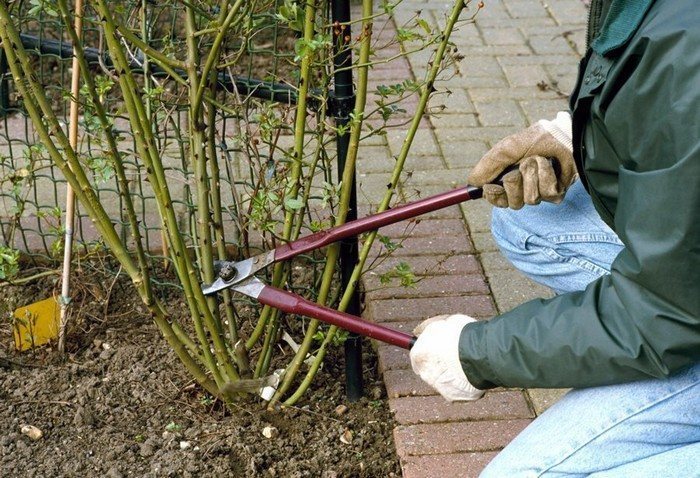
Leave a big stump
Rose buds arise from the leaf axils. Accordingly, the shoot is cut off above the axil, but not more than 1 cm. If you leave a long stump, then over time pathogenic microorganisms and mold will multiply in it, which can affect not only the current shoot, but the entire bush. And dry long pods will not look aesthetically pleasing on a flowering bush.
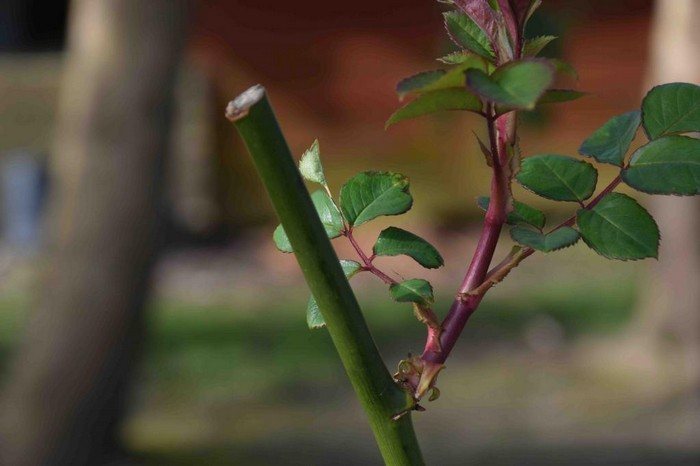
Feel sorry for the living shoots
Of course, there is no need to cut the rose at the root; this is only done with one-year-old plants. An adult bush is shortened more carefully. But leaving too many shoots is also wrong. After all, pruning is done not only for sanitary purposes (removing dry, diseased and weak shoots).
It is also carried out in the spring for the purpose of rejuvenation and bush formation. It is in the spring that the climbing and climbing varieties are given the necessary shape. And if you leave, for example, shoots that grow inside the bush or are twisted, then they will not only lead to thickening of the rose, but will also spoil the appearance of the plant.
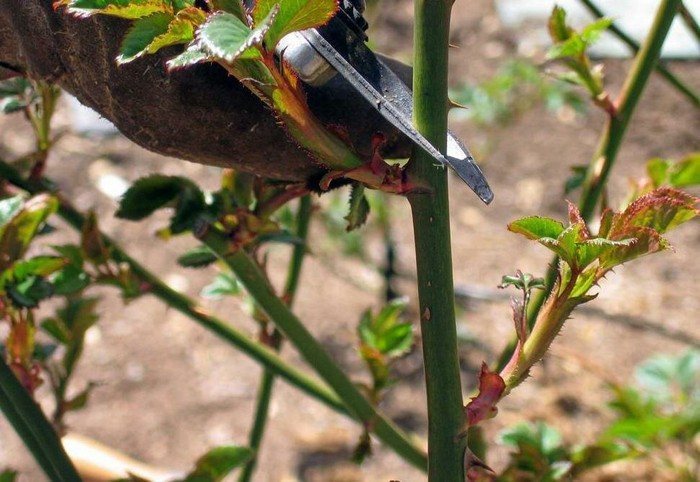
Same pruning for different varieties
Rose varieties differ not only in the color and size of the bud, but also in the type of bush and growth process. Therefore, there cannot be a single approach to pruning all varieties. Shrub roses are left with 5–6 strong shoots in the spring. This is enough for the development of a full-fledged plant.
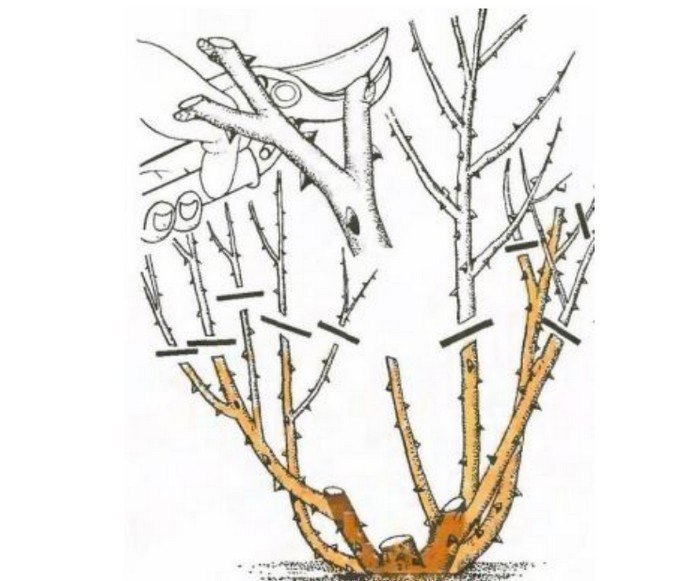
Climbing and groundcover varieties do not require mandatory pruning at all; compliance with sanitary standards is sufficient.
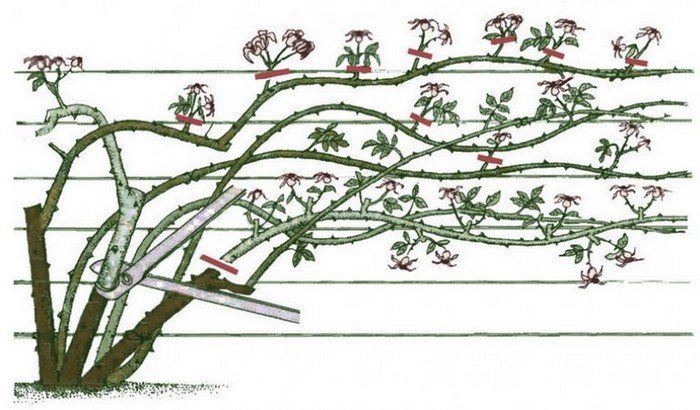
Tea roses are shortened greatly in spring, leaving up to 20 cm of the entire height of the plant. Floribundas only need light rejuvenation and sanitary thinning.

For spring pruning of roses to be beneficial, it should be carefully prepared and carried out on a warm, sunny day, without precipitation. Then all summer long the “queen of flowers” will give the gardener abundant blooms.


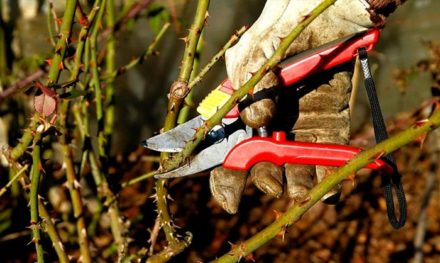

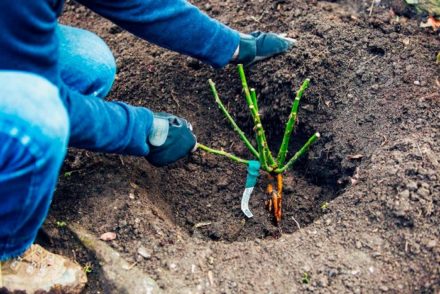


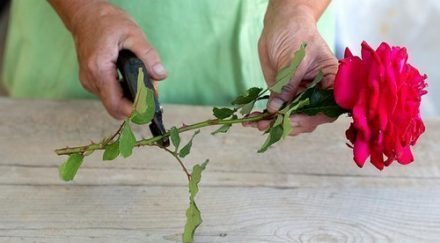





Good article. Please tell me how to prune low-growing roses (roses transplanted from pots are small-flowered)
I once almost killed a climbing rose by pruning. I cut the shoot above the blossoming bud, I come back a week later - this bud has dried up, I cut below, the same thing happens again, and so on almost until the end of the shoot. Now I'm in no hurry to trim. I wait until the awakened bud produces a large enough shoot and only then do I cut off the strongest one.
You wrote that you need to prune on a warm sunny day, but in what month?
Thank you
In the spring I cut off the blackened vines of semi-climbing roses. I left a couple of branches that were not badly damaged, everything was going well, but a week ago the green branches and leaves began to dry out and turn black into the branches!!! What to do, how to save?